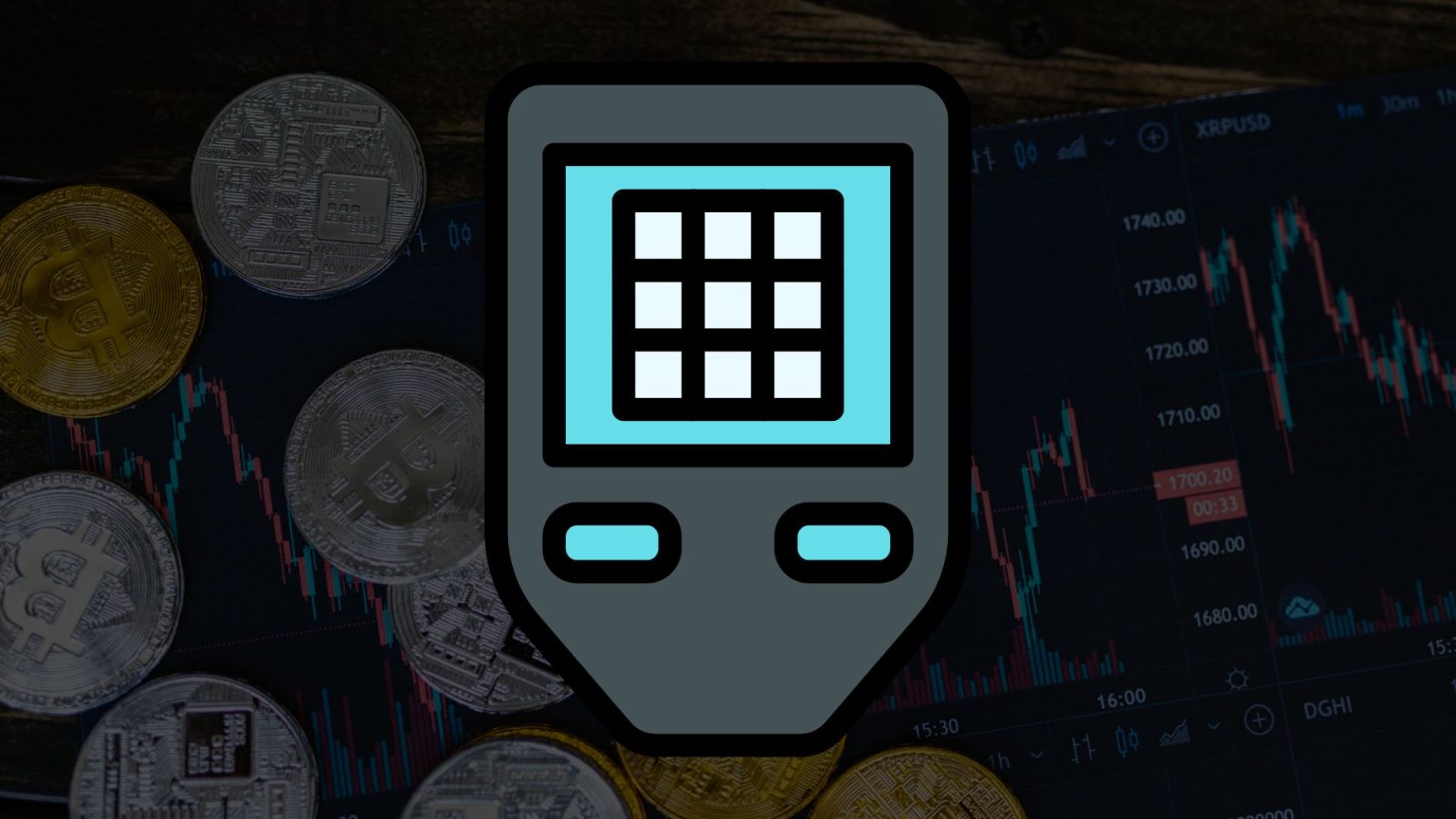If you’re serious about crypto, you’ve probably heard the phrase:
“Not your keys, not your coins.”
But in 2025, with the rise in scams, wallet drainers, and phishing links, the more important question is:
“Where should you store your crypto safely, a hot wallet or a hardware wallet?”
In this post, we’ll break down:
- What hot and hardware wallets actually are
- Pros and cons of each
- What makes a wallet “secure” in today’s environment
- And which one is better based on your trading/investing style
Let’s dive in. 👇
💡 What Is a Hot Wallet?
A hot wallet is any crypto wallet connected to the internet.
Popular hot wallets in 2025 include:
- MetaMask (Ethereum & EVM chains)
- Phantom (Solana)
- XDEFI (multichain)
- Trust Wallet (mobile-friendly)
Hot wallets allow instant access to DeFi, NFT marketplaces, and DEXs, making them perfect for active traders or users constantly interacting with dApps.
✅ Pros of Hot Wallets
- Convenient and quick access to your funds
- Great for daily trading, minting NFTs, and DeFi
- Easily connects to Web3 apps
- Free and simple setup
❌ Cons of Hot Wallets
- Exposed to hacks, phishing, and drainers
- Your private keys live in your browser or device
- If your phone or computer is compromised, so is your wallet
- Risk increases with wallet extensions and third-party apps
🔒 What Is a Hardware Wallet?
A hardware wallet (also called a cold wallet) is a physical device that stores your private keys offline.
Top hardware wallets in 2025:
- Ledger Flex
- Trezor Safe 5
These wallets require manual confirmation for transactions, meaning no one can send funds without your physical approval.
✅ Pros of Hardware Wallets
- Unmatched security: private keys never touch the internet
- Immune to malware, phishing, and most remote attacks
- Perfect for long-term holders and large amounts
- Peace of mind for long-term storage
❌ Cons of Hardware Wallets
- Costs $70–$300
- Can be inconvenient for daily trades
- Must be backed up with recovery phrase
- If lost and not backed up, you lose access permanently
🔐 Which Wallet Is Safer in 2025?
Hands down, hardware wallets win when it comes to security.
The 2024–2025 cycle has shown an explosion in wallet-draining bots that exploit browser-based approvals, fake websites, and even QR code exploits.
If you’re holding:
- Over $1,000 in long-term crypto
- Rare NFTs
- Or stablecoins you’re not actively trading…
Then storing them in a hardware wallet like Ledger or Trezor is a must.
For active DeFi users and daily traders, use a hot wallet, but pair it with a burner wallet strategy and set custom token allowances to minimize risk.
💡 Pro Tip: Combine Both
Use a hybrid strategy for maximum safety:
- 🔥 Hot Wallet = Daily trades, low balances
- 🧊 Hardware Wallet = Long-term storage, large balances
- 💣 Burner Wallet = For new dApps or NFT mints
🚀 How EPIQ Trading Floor Helps Protect & Grow Your Crypto
At EPIQ, we don’t just teach trading, we teach how to protect your wins.
Whether you’re a long-term investor or an active trader, EPIQ gives you the tools to succeed:
✅ Step-by-step wallet security guides
✅ Beginner-friendly Academy (Section 1 is 100% free)
✅ Live trading setups, market insights, and macro dashboards
✅ Secure onboarding support for Ledger, Trezor, MetaMask and more
✅ A community of 1,500+ traders and growing
Start protecting your portfolio today.
👉 Join the EPIQ Trading Floor and get access, education, tools, trades, and a full roadmap to becoming a smarter crypto trader.
NFA Disclaimer: This post is for educational purposes only and does not constitute financial advice. Always do your own research before investing or moving funds.










Responses